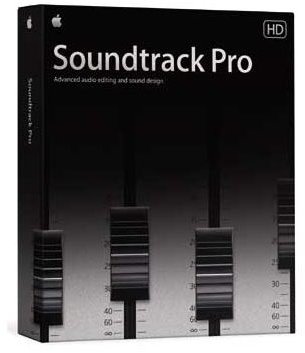Video Production Music: How to Choose & Work With the Music for Your Film or Video Project
The Project
A properly produced video is one that is a concert between different elements. Video images, titles, motion graphics, sound design, and music all play together to create a final story, mood, and, finally, film. Out of these elements, the video production music is one that works much differently than the rest. The music can often stand on its own and is produced, or selected, usually when the project is either finished being edited or at least well along in the post-production process. It is a difficult negotiation because the music should add to your project, draw out memories and experiences from your audience, and definitely not be so obvious that it becomes the main focus for the viewer rather than working together with the other media elements that make up the final film. Here are some tips for selecting the appropriate video production music for your project.
Composition or Selection
In general, most filmmakers would love video production music that was made exclusively for their film. It is more direct to their project, they have more control over it, and it will be unique to the project itself. This is not, however, always feasible or even preferential for your specific project. For those on a tight budget, a composer is usually going to be out of the question. They have to be paid for original work, but there are so many independent musicians around that would be interested in contributing existing music as it does not require extra work and may get their music to a larger audience.
No matter what, when you have the music, whether composition or selection, it has to fit for your project correctly. Even the most beautifully arranged original score will take away from your project if it does not match it perfectly. Likewise, the wrong pop song can completely kill your scene, both because of its character and because of the audience association.
Format and Mixing
No matter what, you are going to need the highest quality music file you can get for your project. This means that MP3s are out of the question, and you will need to get the highest quality music file you can get. An uncompressed file, such as a .wav or a lossless AAC, will work
well and give you the sound that you want. In general, you want to limit the audio compression for your video production music that is done on the file before it goes into the sound mix.

Once you get the right video production music into the sound mixing project, in a program like Pro Tools, you can then begin to alter it by lowering or raising the sound, editing it into segments, and matching it against the rest of the audio landscape. You will need to fully mix the audio with the music in it rather than bringing the music in once the final mix is done. You will not know how your sound effects work until you have actually brought in the music tracks to work in concert with them. You are going to need a full service software like Pro Tools, though some people tend to get away with implementing Soundtrack Pro when working in the Final Cut Studio.
Mood and Sound
The video production music that you choose will not be heard clearly or on its own merits, so remember that during composition or selection. For example, the lyrics will not be able to be made out and if they compete with the dialogue then the track should be removed entirely. Likewise, if the song has competing emotional themes in it they may not be clear enough when actually put against the scenes during post-production. You have to remember that the music is meant to give clues to the emotion of the scene, but not act overbearing to the viewer.
References
Source: author’s own experience.
Photos: www.avid.com, www.apple.com.
